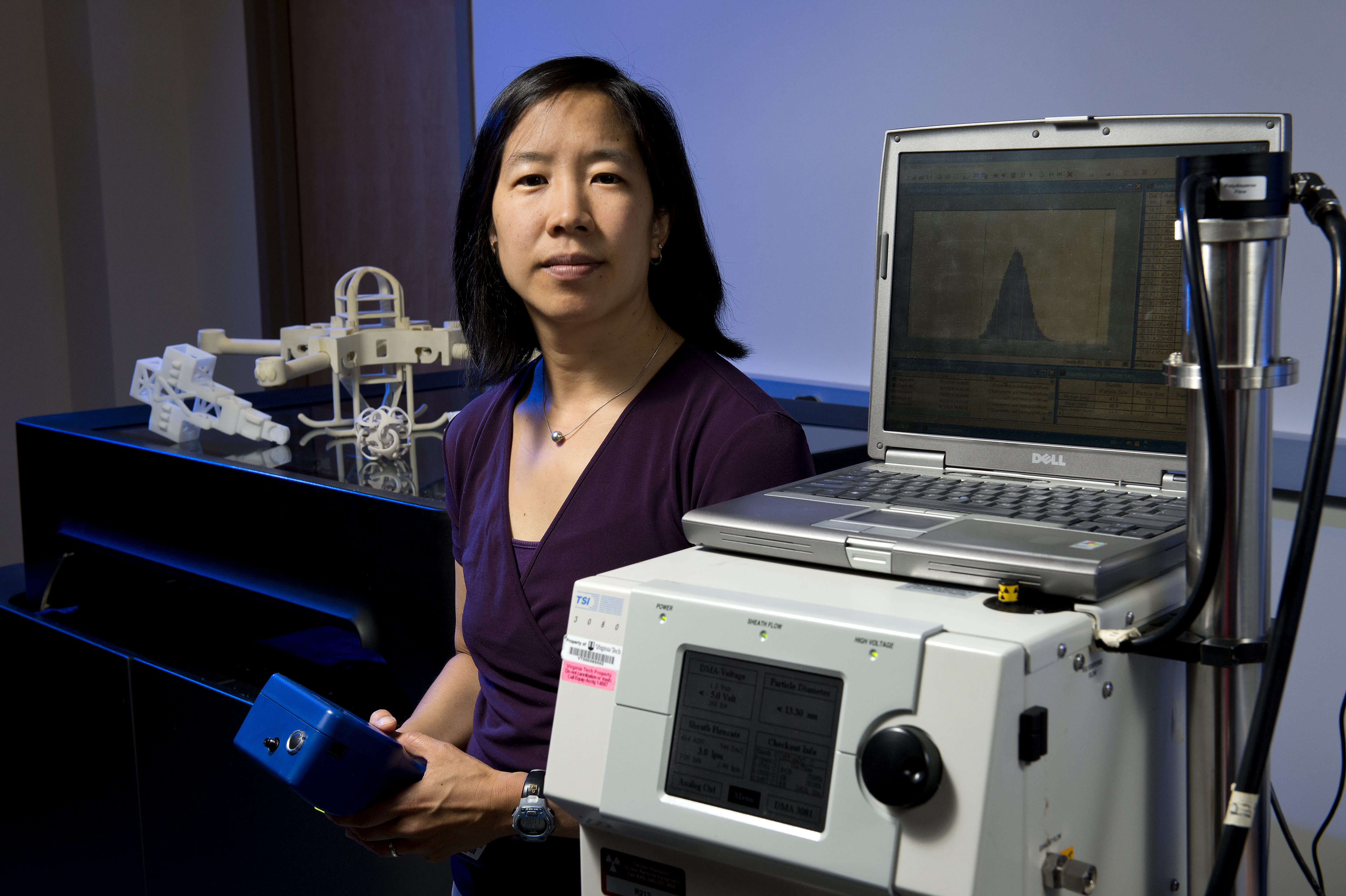Particle Sizer/Counter

Aerosol monitors, commonly referred to as dust monitors, particulate monitors, light scattering laser photometers, are used to measure dust, smoke, mist, fume, condensates, and fog, and offer real-time, direct-reading results, which is quickly becoming an industry best practice in occupational hygiene, indoor air quality, and outdoor environmental fugitive emissions monitoring.
TSI particle counters and particle detectors contain instruments optimized for a variety of applications. They are often combined with particle sizers to measure size distributions.
APPLICATIONS
- Atmospheric studies and environmental monitoring
- Combustion and engine exhaust studies
- Indoor/outdoor air quality measurements
- Inhalation toxicology studies
- Aerosol research studies
- Filter and air-cleaner testing
- Power sizing
Inward and Outward Effectiveness of Cloth masks, a Surgical Mask, and a Face Shield: Given the advice of public health agencies for the general public to wear face coverings and the paucity of knowledge about their effectiveness, the objective of this study is to evaluate the efficiency of cloth masks compared to a surgical mask and a face shield at blocking particles over a wide range of sizes. We first measure the filtration efficiency of materials under ideal conditions and then investigate both inward and outward protection efficiency of the materials when worn as masks on a manikin. We expect that efficiency on a manikin will be lower than in a filter holder due to leakage around the mask and that outward efficiency will be higher than inward efficiency due to differences in velocity of the particles as they approach the material. The results of this study will contribute to understanding how universal masking might reduce transmission of COVID-19 and other respiratory diseases.
Figure 1: Material filtration efficiency of 10 mask materials as a function of aerodynamic diameter. The bandana appears twice because it was tested in both 1-ply and 2-ply configurations. Shading represents the standard deviations of triplicates.


